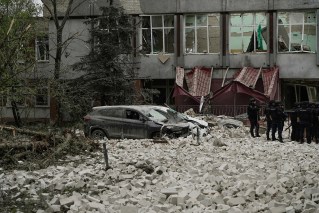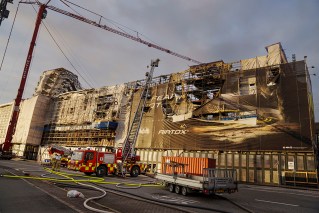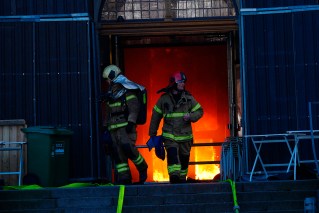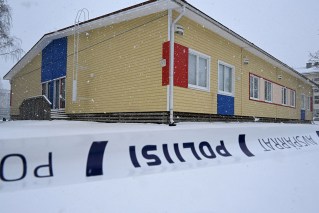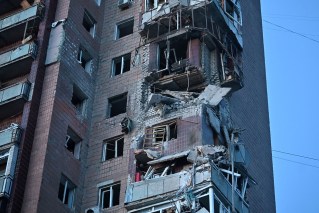Volcanic ash halts flights on Spanish island
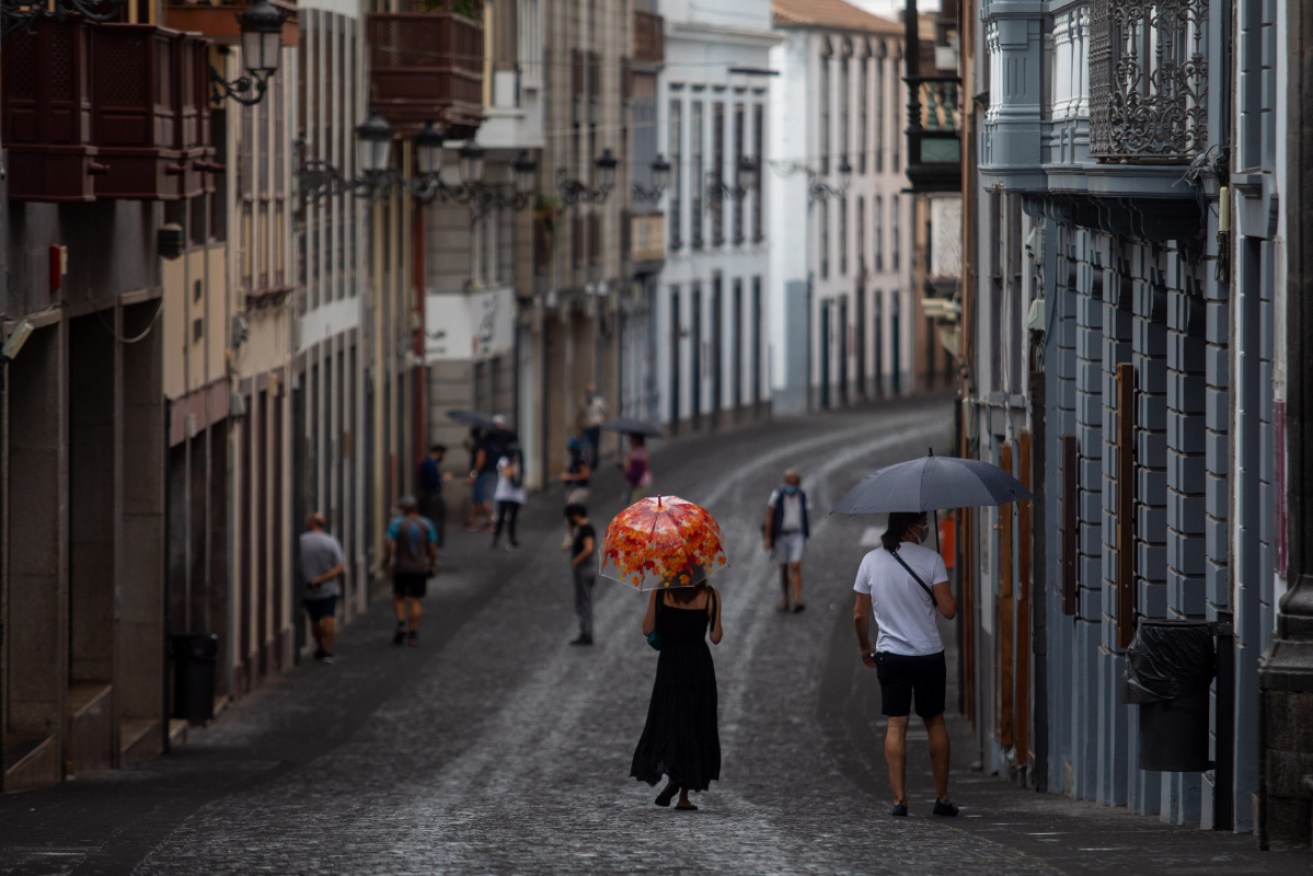
Locals walk through an ash shower in Santa Cruz de La Palma. Photo: Getty
An ash cloud has grounded flights to and from off the Spanish island of La Palma as molten rock continues to be flung high into the air from an erupting volcano.
No flights arrived into or departed from the airport, despite emergency workers clearing the ash from the runway.
Some evacuees were allowed to return to their homes during a period of low seismic activity while authorities took stock of the damage. About 430 buildings have so far been destroyed.
The volcano on La Palma, which is part of the volcanic Canary Islands off northwest Africa and is home to about 85,000 people, erupted on September 19. Prompt evacuations of more than 6000 people helped avoid serious casualties.
Apart from the grounded flights, life on the rest of La Palma, which is roughly 35 kilometres long and 20 kilometres wide at its broadest point, has been largely unaffected.
“We’re not in a state of total alarm,” the technical director of the volcano emergency response unit, Miguel Angel Morcuende, said.
“Life on the island is continuing, though those close to the eruption are facing difficulties.”
The volcano was still ejecting fiery molten rock and black smoke, with scientists saying the eruption could last for up to three months.
Some 25,000 metric tons of sulphur dioxide were being emitted from the crater every day but did not pose a health threat, officials said, although cleaning it up could be hazardous.
Despite Spanish airport authority Aena tweeting that La Palma airport was operational again on Sunday (local time), no aircraft were expected to land or take off.
Five airlines had already cancelled their day’s flights to the island because of the ash cloud. Volcanic ash is hazardous for aircraft engines.
Long queues formed at the La Palma’s port to catch ferries off the island.
The lava was two kilometres from the coast, Mr Morcuende said. Two rivers of lava are slithering down hillsides: One is further north, where molten rock from a new fissure is spreading over an area where lava spread and hardened last week, and another one south of it which is advancing at 30 metres an hour.
The temperature of the lava is about 1250 degrees.
Pope Francis said at his weekly noon blessing in St Peter’s Square on Sunday he was praying for all those affected by the volcano.
“Especially those who have been forced to leave their homes,” the pontiff said.
This month’s eruption is the first on La Palma since 1971.

